An alternative to China’s BRI? But G7’s B3W needs backing of big business, US allies
Several BRI-related projects in developing countries in Asia and Africa have drawn criticism for lacking transparency, and not being economically sustainable, leading to debts that make countries dependent upon China or leads to a 'debt Trap', writes Tridivesh Singh Maini for South Asia Monitor

US President Joe Biden has been reiterating the need for his country and its allies to work together to check China’s increasing clout, by providing alternatives to China’s ambitious Belt and Road Initiative (BRI) project as well as Chinese technologies. During his State of the Union Address in April 2021, the US President had said: “China and other countries are closing in fast. We have to develop and dominate the products and technologies of the future.”
It would be pertinent to point out that 138 nations in five continents have signed various BRI cooperation agreements with China as of the end of 2020 (EU member states including Greece and Italy are also on board the BRI). China has so far invested a whopping USD 690 billion in BRI-related projects in around 100 countries.
G7 and the B3W
On June 12, 2021, the G7 unveiled the Building Back a Better World - BBBW/B3W (a brainchild of the Biden Administration) partnership. The G7 leaders said the B3W would be “values-driven, high-standard and transparent". During a conversation with UK Prime Minister Boris Johnson in March, the US President had discussed the need for an alternative to the BRI.
Several BRI-related projects in developing countries in Asia and Africa have drawn criticism for lacking transparency, and not being economically sustainable, leading to debts that make countries dependent upon China or leads to a 'debt Trap'. The 'debt trap' in this connection has been defined as a phenomenon, whereby poor countries, economically dependent upon China, and unable to deal with rising debts to the Communist nation, are left with no option but to hand over ownership of important infrastructure to it.
A prominent example of this is Sri Lanka, where the South Asian nation’s debt burden vis-à-vis China became so unbearable, that it was compelled to sign a 99-year lease with China through which Beijing got a 70 percent stake in the strategic Hambantota Port project. It is not just Hambantota, but many projects falling under the China-Pakistan Economic Corridor (CPEC) too have been under the cloud for lacking transparency and not being feasible.
In certain cases, such as the Kyaukpyu port in Myanmar, Beijing has had to renegotiate the cost of projects - it was brought down from USD 7.3 billion to USD 1.3 billion as a result of fervent opposition and protests.
But some scholars have argued that the 'debt trap' is a fallacy, and developing countries actually are far more comfortable dealing with China, which according to them does not impose political conditionalities.
The USIDFC and Blue Dot network
The (former US president) Donald Trump-led administration received bipartisan support for the build (Better Utilisation of Investment leading to development ) Act which created a new agency United States International Development and Financial Corporation (USIDFC) with a corpus of USD 60 billion to facilitate private sector involvement in the Indo-Pacific, especially African countries.
In 2018, then US Secretary of State Mike Pompeo had also made a commitment of USD 113 million to projects in the Indo-Pacific focused on technology, infrastructure and energy. In November 2019, the US, Japan and Australia had also launched the Blue Dot Network on the sidelines of the ASEAN Summit.
Then US National Security Advisor Robert O Brien had compared the Blue Dot Network to Michelin Guide, which meant that just like a Michelin star is the sign of approval for a restaurant, a blue dot would be a seal of approval for infrastructure projects.
Days before the G7 meeting in the UK, the inaugural sitting of the consultation group of the Blue Dot network was held in Paris. Apart from representatives from western governments and Japan, other stakeholders such as members of civil society, academics and 150 global executives participated in the deliberations. The US State Department while commenting on the Blue Dot Network had said: “The Blue Dot Network will be a globally recognized symbol of market-driven, transparent and sustainable infrastructure projects.”
Under the umbrella of Quad countries (US, Japan, Australia and India) too there has been discussion on enhancing economic cooperation as well as connectivity.
Opportunities for the B3W
There is an opportunity for the B3W since In the aftermath of the Covid-19 pandemic, certain BRI projects have slowed down. Second, the geographical scope of BBBW is much wider than that of the projects under the Indo Pacific (B3W will also include Latin America and the Caribbean)
B3W can also hard-sell its strengths such as transparency and sustainability – both economic and environmental. It also can dovetail with some of Biden’s ambitious economic schemes related to the economy and infrastructure.
The fact that Biden is willing to take the lead unlike Trump is reassuring for allies and sends out a positive message to developing countries looking for alternatives to the BRI. While addressing a press conference after G7, the US President made this point saying: “The lack of participation in the past and in full engagement was noticed significantly not only by the leaders of those countries, but by the people in the G-7 countries, and America’s back in the business of leading the world alongside nations who share our most deeply held values”.
The US had also categorically clarified that the B3W seeks to provide an alternative to BRI, but it is not merely about targeting China.
Yet, there are limitations. First, the B3W still does not have a clear blueprint. Second, it would be tough to match the BRI in terms of resources. Third, several G7 members who themselves share good relations with China may be reluctant to get on board the initiative (even though it has been made clear that the B3W initiative is not just about targeting China)
A lot will depend upon how much not just the US government, but big businesses are also willing to invest in the B3W (since the model will be different from the BRI which is one of ‘state capitalism’) and whether other members of the G7 along with other US allies are willing to play a proactive role in such a project. An alternative is needed to the BRI, and the announcement of B3W is welcome. Taking it forward and competing with BRI may not be impossible, but is certainly a tough task.
(The writer is a New Delhi-based policy analyst associated with The OP Jindal Global University, Sonipat, India. The views expressed are personal. He can be contacted at tsmaini@jgu.edu.in)




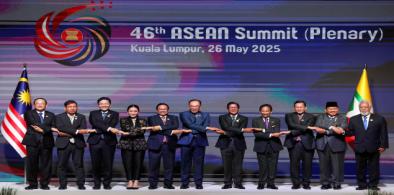
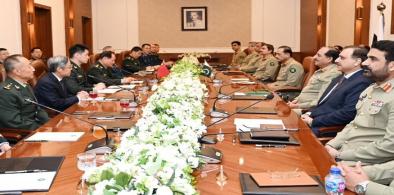
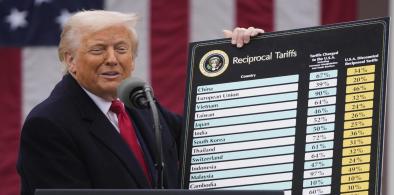
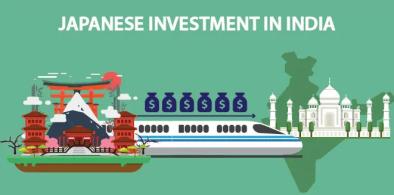
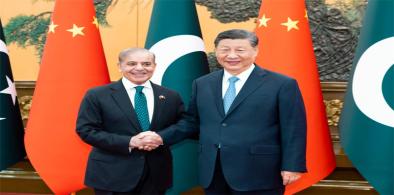
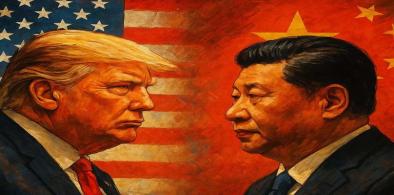


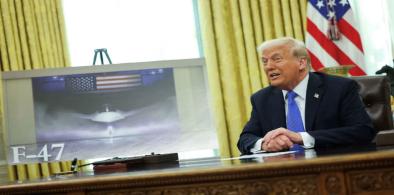







Post a Comment